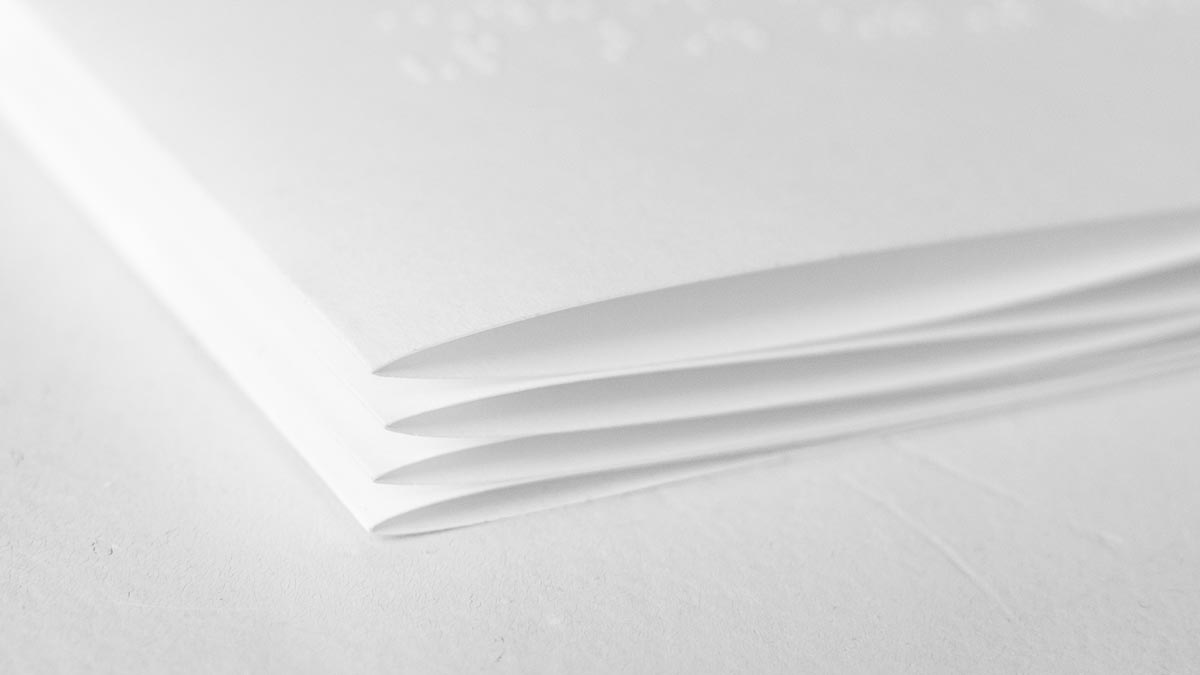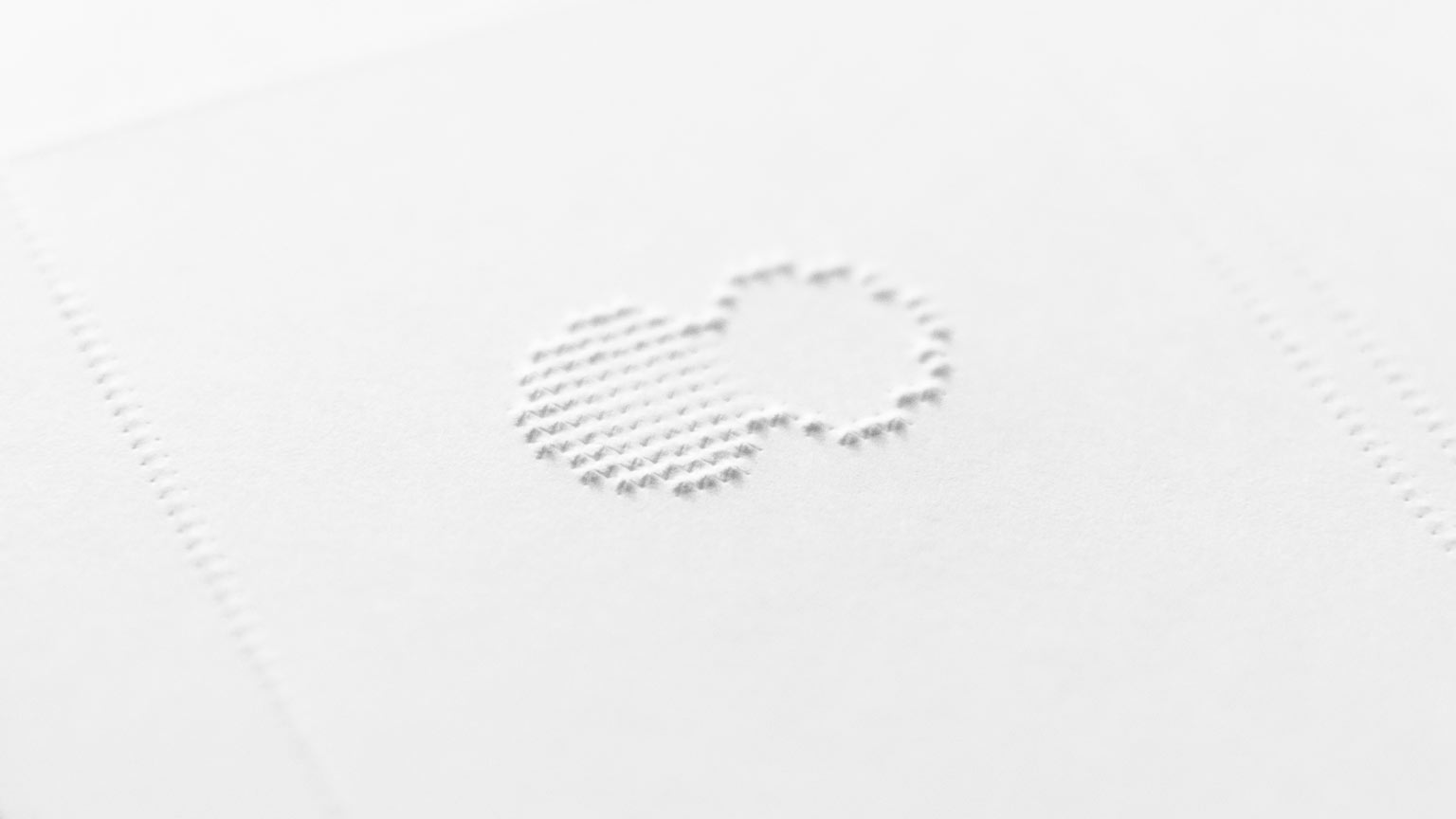After the first interview, I found out that simply translating a visual scene or environment into a tactile image wouldn't be an enjoyable experience. I therefore began thinking about a person's senses and compared them to each other. The sense of hearing was to some extent comparable to seeing. In order to translate it adequately, I though about reinventing the comic panel.
By making it round I would have a 360° space around the panel and could mimic the position from where the audio comes from by placing the braille text on the respective place.
To enrich the reading-experience furthermore I thought of placing a tactile representation of the scene into the round panel. For example when I want the scene to be a bus I emboss a stop-button that you find in the bus, into the page.
Somehow this idea didn’t feel right; not adequate and too far away from the comic-medium. It wouldn’t enable me to use the strengths of the medium.
I dropped the idea and started again from scratch.















